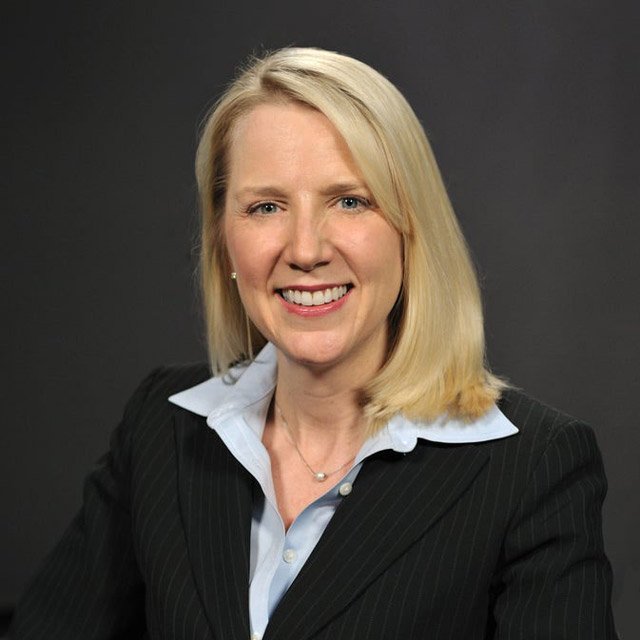'Will RMDs Leave Me Broke?': Morningstar's Benz Answers a Common Retirement Question

A separate government RMD calculation table applies to people who have spouses more than 10 years younger, she noted. “But if someone has a spouse who’s significantly younger but not 10 years younger, reinvesting some of the RMD makes sense,” said Benz.
As she explained in her Morningstar column, a 75-year-old with a 66-year-old spouse wouldn’t use the separate table for calculating RMDs that those with a decade age-gap would, but they have a big age difference nonetheless.
Assuming the older spouse’s IRA accounts for most of their assets, and the younger spouse expects to live longer than average, “that’s a good case for reinvesting a portion of the RMDs into the portfolio as a guard against prematurely depleting assets for the younger spouse,” she wrote.
Similarly, retirees aiming to leave an inheritance or whose portfolios are conservatively invested, with limited potential returns, “would do well to reinvest a portion of their RMDs, so as to not overwithdraw,” Benz wrote.
RMD Management Strategies
Older investors may consider various strategies to limit the account balances subject to RMDs and in turn the income taxes they’ll owe on those distributions.
In a video earlier this year, Benz suggested that people in their 60s and early 70s and not yet subject to RMDs consider strategies to limit the amount of income taxes they’ll eventually need to pay on mandatory withdrawals. One maneuver might involve accelerating withdrawals from tax-deferred accounts in those earlier years to lower the balances eventually subject to RMDs, which also might lighten taxes on Social Security income once the retiree is taking required distributions, she explained.
Retirees also may be able to limit their retirement account balances subject to RMDs and lower their tax bill by channeling up to $100,000 from their IRA to charity through a qualified charitable distribution, according to Benz. (The QCD applies only to IRAs.)
Some researchers have suggested that retirees use an RMD-type system — portfolio balance divided by life expectancy — as a guide for total portfolio withdrawals, including accounts not subject to RMDs, Benz noted. The big downside, though, is that cash flows from such a system are volatile and may be unlivable for a lot of retirees, she told ThinkAdvisor.
In the alternative, Benz noted that a lot of the research on withdrawal rates points to the value in taking variable withdrawals, that is, taking less in down markets, more in good ones. She pointed to a Morningstar article that notes this method can be more efficient but tends to be better suited to “last breath, last dollar” retirees than those interested in leaving a bequest.
“I like the idea of creating a withdrawal plan rather than letting RMDs dictate the withdrawal amount in a given year,” she said.




